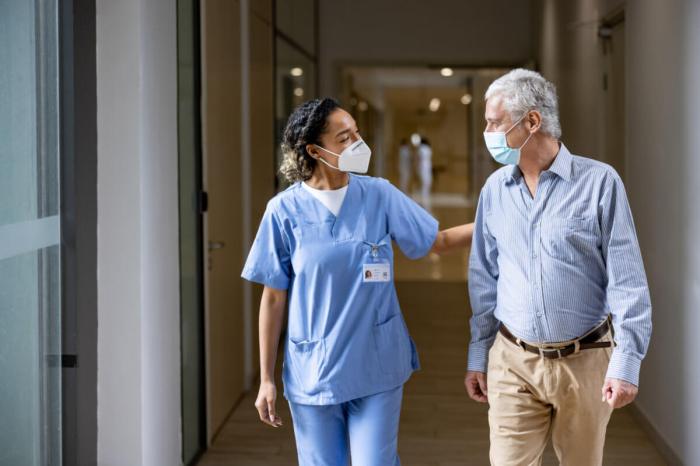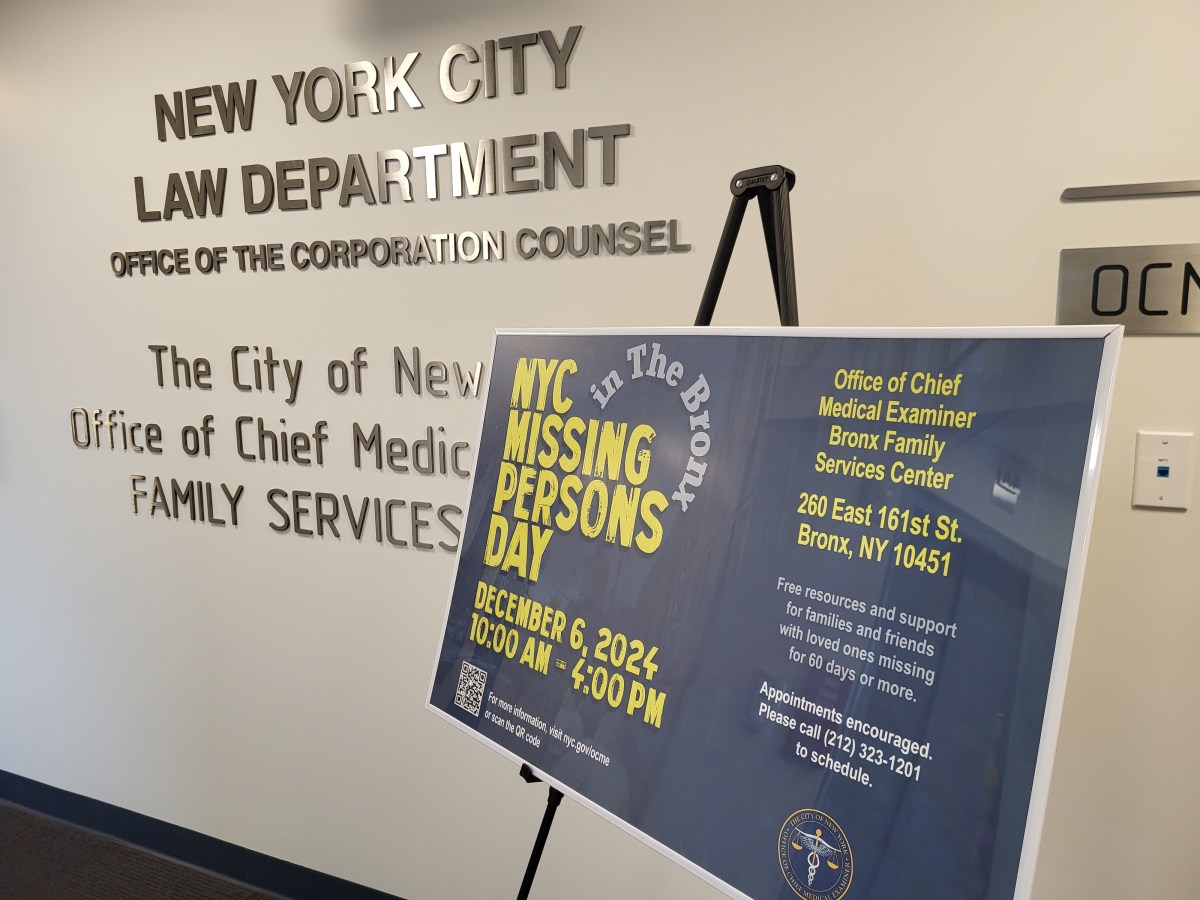In a way, it shouldn’t have come as a shock — but it was nothing less than shocking to see St. Vincent’s Hospital finally close last Friday morning. It’s now apparent that hospital administrators were not forthcoming about the true extent of the Greenwich Village hospital’s financial debt — in that they were lowballing it by at least $300 million.
And many see conspiracy theories in the hospital’s closing.
But the long and the short of it is that St. Vincent’s simply couldn’t go it alone in today’s healthcare market. A previous merger with other local Catholic hospitals had gone bust, leaving St. Vincent’s holding the bill, only adding to its own heavy debt.
St. Vincent’s — New York’s last Catholic general hospital — was truly a historic institution. It began with just 30 beds in a small building on W. 13th St. in 1849. St. Vincent’s was the first hospital to have an automotive ambulance. In the 1980s, St. Vincent’s was at the forefront of addressing the AIDS crisis, with its pioneering AIDS/H.I.V. clinic. It even made strides in animal-assisted care, offering bedside “pet therapy” to its patients through a novel volunteer program.
Hopefully, St. Vincent’s outpatient clinics — like its AIDS/H.I.V. facility in the O’Toole building — will survive. St. Vincent’s is actively seeking healthcare providers to take over these services.
Yet losing St. Vincent’s leaves a gaping hole, in many senses, in the heart of the Village. Simply put, its very activity and energy will be missed. For sure, local merchants will miss the business of all the hospital’s 3,000-plus employees.
Of course, for many local residents, there was a negative flipside to St. Vincent’s — namely, the hospital’s rebuilding project that they dreaded and fought vociferously. The planned 30-story tower was too tall, the construction would be hell, the critics said — plus, there was the residential development to be built by the Rudin Organization on the hospital’s east campus, which was to fund the new hospital.
Many now wonder what St. Vincent’s management was thinking, to be planning such an ambitious rebuilding project while the hospital was staggering under such a crushing debt. At any rate, the hospital’s rebuilding project is over — at least that would seem to be the case.
What happens to St. Vincent’s real estate at this point is anyone’s guess. Will it be residentially redeveloped — and, if so, by Rudin or by someone else? Will New York University covet the property for more dorms and facilities? That could ease the crunch on N.Y.U.’s South Village superblocks and the surrounding “neighborhood,” where the university plans to add around 3 million square feet of new space (over 20 years).
But the greatest concern is for the Lower West Side’s healthcare needs with St. Vincent’s now gone. The state has allocated $9.4 million for an urgent-care center in the West Village — to be based, initially, at the St. Vincent’s E.R. But some activists and residents are saying that’s not enough, that acute care and critical care are needed — demanding nothing less than a facility with inpatient hospital beds.
Obviously, the Lower West Side needs the best possible healthcare it can get — which is what St. Vincent’s provided, with generosity and compassion. Many local residents owe their lives to the hospital’s paramedics, E.R. staff, doctors and other health professionals.
It’s an anxious moment with many questions and few answers. But there’s one thing that we can do — and that is to recognize St. Vincent’s Hospital’s 161 years of serving the healthcare needs of Greenwich Village and the whole Lower West Side, and gratefully to say, Thank You.




































